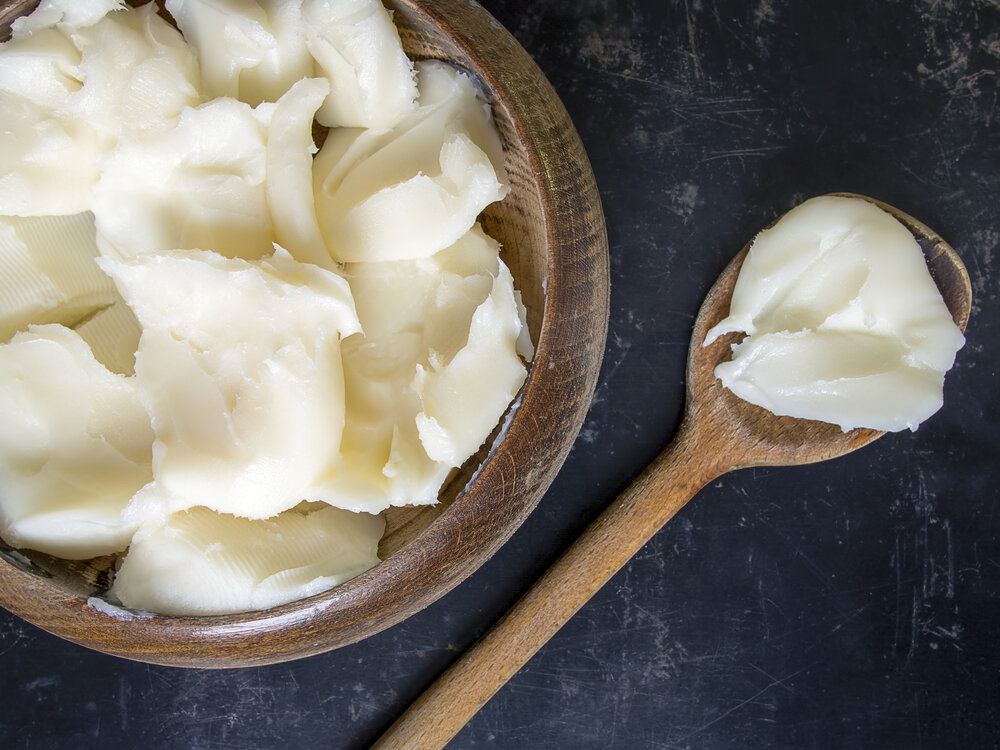All About Animal Fats
Fats can make or break your meal.
Quality cooking fats will embrace the flavors you introduce them to: fragrant, fresh-picked rosemary, spicy Thai peppers, pungent black mustard seeds. They carry flavors into all the nooks and crannies of your stir fry, lamb roast, and cranberry scones. Fats are a metabolism-boosting, nutrient-dense macronutrient. They nourish you deeply, from brain to microbiome, and help you feel satisfied at the end of a meal. And, they taste amazing. And, they taste amazing.
But how do you choose a quality cooking fat? Does it need refrigeration once it’s opened? What kind of storage container is best?
The ABCs of Oils
How are edible oils made? How long do they last? If you’ve ever found yourself wondering which oils are best and which to avoid, this article is for you!
The delicious oils within nuts, seeds, and even some fruits can be teased out through pressure, heat or solvents. Most plant oils will be refined in some way. The more refined they are, the less nutrient-dense the oil will be. This is important to know when selecting which oils to consume. So, we’ll start off with looking at extraction and processing...
Why You Need More Omega-3
Omega-3’s are the oils your immune system craves.
There are 4 classifications of fats, each made of fatty acids: Saturated, monounsaturated, polyunsaturated and trans fats. Within the polyunsaturated fat family, there are 3 subsets: omega-3, omega-6 and omega-9. (All those names and numbers just signify how the fat molecules are structured.)
Omega 3’s and 6’s are called “essential fatty acids,” because they have to be part of your diet or taken as supplements— they are vital to cellular health.



